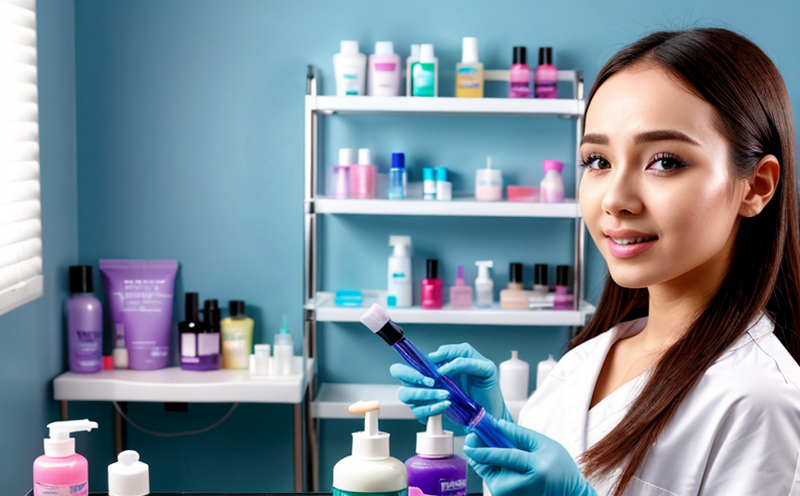ISO 21148 General Instructions for Microbiological Examination of Cosmetics
The International Organization for Standardization (ISO) has developed ISO 21148 as a general guide for the microbiological examination of cosmetics. This standard ensures that all cosmetic products undergo thorough microbial testing to ensure they meet stringent quality and safety criteria set by regulatory bodies worldwide.
Microbiological testing is crucial in the cosmetic industry because it helps identify potential contaminants such as bacteria, fungi, and yeasts which could cause spoilage or pose health risks. The standard provides detailed protocols on how to prepare samples, perform tests, and interpret results accurately. This ensures that manufacturers can consistently produce safe, high-quality products.
The ISO 21148 guide covers various aspects of microbiological examination including sample collection methods, sample preparation techniques, test procedures for different types of microorganisms, and data interpretation guidelines. It also emphasizes the importance of aseptic technique throughout all stages of testing to prevent contamination from external sources.
By adhering to these standards, companies demonstrate their commitment to maintaining high standards of hygiene and quality control which are essential not only for consumer safety but also for brand reputation. Furthermore, compliance with ISO 21148 can help businesses meet regulatory requirements imposed by different countries around the world.
Implementing this standard requires careful planning and coordination between various departments within an organization including production facilities, quality assurance teams, and research & development units among others. Proper training must be provided to personnel involved in handling samples and conducting tests to ensure they understand all aspects of the protocol.
The implementation process involves several key steps such as selecting appropriate sampling points based on product type, ensuring proper preservation and transport conditions for collected samples, performing accurate quantitative or qualitative analyses depending upon what needs to be assessed, recording detailed observations during each step of testing procedure, analyzing results against established limits specified by relevant regulations.
- Sampling: Selecting appropriate sampling points based on product type
- Preservation: Ensuring proper preservation and transport conditions for collected samples
- Analysis: Performing accurate quantitative or qualitative analyses depending upon what needs to be assessed
- Data Recording: Recording detailed observations during each step of testing procedure
- Limit Assessment: Analyzing results against established limits specified by relevant regulations
Why It Matters
The significance of ISO 21148 cannot be overstated in ensuring the safety and efficacy of cosmetic products. By adhering to this standard, manufacturers can significantly reduce the risk of introducing harmful microorganisms into their formulations. This not only protects consumers but also enhances brand reputation by demonstrating a commitment to quality.
Compliance with ISO 21148 helps businesses stay ahead of changing regulatory landscapes across different regions. As international standards evolve, having established procedures in place ensures that companies are prepared for any new requirements or changes without disrupting ongoing operations.
In addition to legal compliance, following these guidelines promotes best practices within the industry. These include proper handling and disposal of samples, effective communication between departments involved in testing activities, and continuous improvement initiatives aimed at enhancing overall quality assurance processes.
Industry Applications
- Manufacturers producing personal care products like shampoos, lotions, soaps etc.
- Formulators developing new formulations for cosmetics and toiletries.
- Sales teams responsible for ensuring compliance with international regulations before launching new products abroad.
- R&D departments exploring innovative ways to improve existing formulas or create entirely novel ones.
Use Cases and Application Examples
One common use case involves formulators who are tasked with developing new cosmetic formulations. They would need to conduct extensive microbiological testing at various stages of development to ensure that the final product meets all necessary standards.
Sales teams often rely on microbiological examination results when presenting products to potential clients or partners, especially those operating in markets outside their home country where stringent regulations apply.
R&D departments may also utilize these tests as part of ongoing research projects aimed at improving existing formulas or creating entirely new ones. For instance, they might explore alternative ingredients that offer better performance while still maintaining safety standards.





